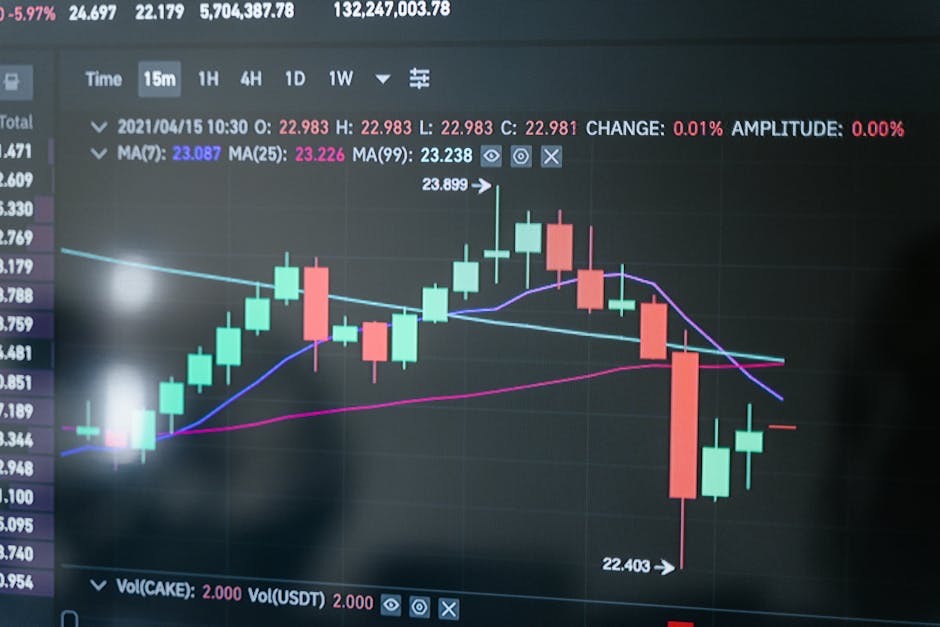Dive deep into the realm of digital marketing where conversion analysis stands as the beacon guiding businesses towards unmatched success. Discover strategies that promise not just insights but transformative actions.
Understanding the Basics of Conversion Analysis
At the heart of every successful marketing campaign is a profound understanding of conversion analysis. This entails tracking, analyzing, and interpreting user actions on a website to gauge what drives conversions. It’s a blend of art and science, requiring marketers to delve into metrics to uncover the user journey’s critical touchpoints.
The cornerstone of conversion analysis is setting clear, measurable goals. Whether it’s completing a purchase, signing up for a newsletter, or filling out a contact form, these goals act as the North Star for marketers, guiding every strategic decision.
Leveraging A/B Testing for Maximum Conversion
A golden strategy in the realm of conversion analysis is A/B testing. This involves presenting two variations of a webpage to different segments of visitors to see which performs better in terms of conversion rate. It’s a direct approach to understanding customer preferences, devoid of guesswork.
The power of A/B testing lies in its simplicity and effectiveness. By tweaking elements such as headlines, call-to-action buttons, or images, marketers can obtain concrete data on what resonates with the audience. It’s a continuous improvement process, ensuring your website is always optimized for conversions.
Diving into Customer Behavior with Funnel Analysis
Funnel analysis is a critical tool in conversion analysis, providing insight into how users navigate through a website. It maps out the customer’s journey from initial awareness to the final conversion, highlighting where potential customers drop off and identifying opportunities for optimization.
Understanding the drop-off points enables marketers to refine the user experience, making it more conducive to conversion. This could mean simplifying the checkout process, enhancing product descriptions, or improving site navigation.
The Role of User Feedback in Refining Conversion Strategies
While quantitative data provides a solid foundation for conversion analysis, qualitative insights via user feedback bring a human touch. It’s about listening to your customers, understanding their needs, preferences, and pain points. This interaction fosters a more user-centric approach to optimizing conversion strategies.
Surveys, user testing, and feedback forms are invaluable resources for gathering user insights. These inputs can unveil hidden frictions in the user experience that analytics alone might not catch, offering a more rounded view of how to enhance conversion rates.
Using Advanced Analytics Tools to Drive Conversion Growth
In today’s data-driven marketing environment, leveraging advanced analytics tools is non-negotiable. These tools offer deep dives into user behavior, demographic insights, and conversion funnel analytics, enabling marketers to fine-tune their strategies with precision.
The implementation of machine learning and AI within these tools can predict user behavior, automate A/B testing, and provide personalized recommendations, pushing the boundaries of traditional conversion optimization strategies.
In the ever-evolving digital landscape, mastering the art of conversion analysis is not an option, but a necessity. Embrace these strategies to not just survive, but thrive in your digital marketing endeavors.














